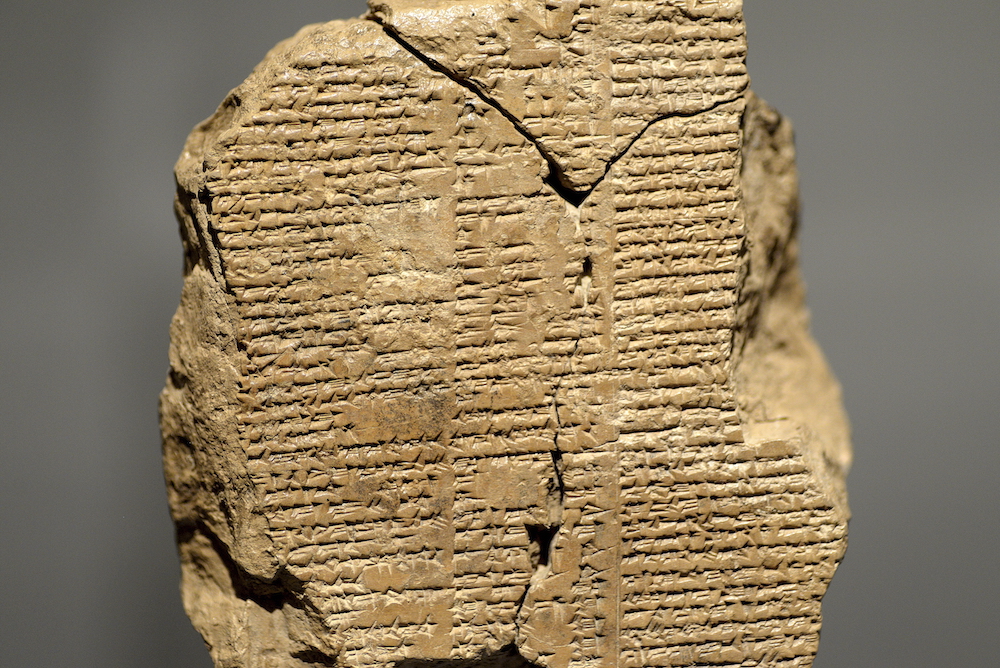HUMS 128, From Gilgamesh to Persepolis

Course Description:
From Gilgamesh to Persepolis is an introduction to Near Eastern civilization through its rich and diverse literary achievements. Literature can connect readers across time and space—a function of particular urgency in the Near East, a region marked by displacement, migration, exile, and flight. Throughout the semester, we will investigate particular moments of our texts to explore the question of a Near Eastern literary tradition, and we will consider questions of transmission, translation, and cultural appropriation. Above all, we will consider the significance of literature for the exile and the refugee.
Our main approach will be close reading: to investigate deeply small parts of a text to illuminate the whole. In class, we will practice learning to see at the minute level to equip ourselves with tools to apply in the classroom and beyond, to develop the skills to get the most of all the reading we do.
Led by:
 |
Professor Kathryn SlanskiKathryn Slanski studies ancient Mesopotamia at the intersections of sources and approaches. Her work on a corpus of inscribed and sculpted monuments (The Babylonian Entitlement narûs (kudurrus): A Study in Form and Function, ASOR Books, 2003) led to further research on the relationships between text and image, as well as questions about monumentality, sacred and secular authority, and the ancient transmission and reception of literary, historical, religious and visual traditions. She is also interested in cultural connections between civilizations of the ancient Near East and the ancient Mediterranean. She teaches Mesopotamian and ancient Near Eastern literature, history, religion, law and justice, visual arts, and ancient languages. Kathryn Slanski is also on the History and Politics faculty of Yale’s Directed Studies Program, for which she teaches and serves as course coordinator. In addition to her 2003 book, she has also written on Mesopotamian social and economic history as well as verbal and visual representation of the divine. She is currently preparing a second book, which will provide new text editions and photographs of the corpus of Babylonian Entitlement monuments (kudurrus), including several unpublished inscriptions in the Yale Babylonian Collection, the British Museum, and the Louvre. |